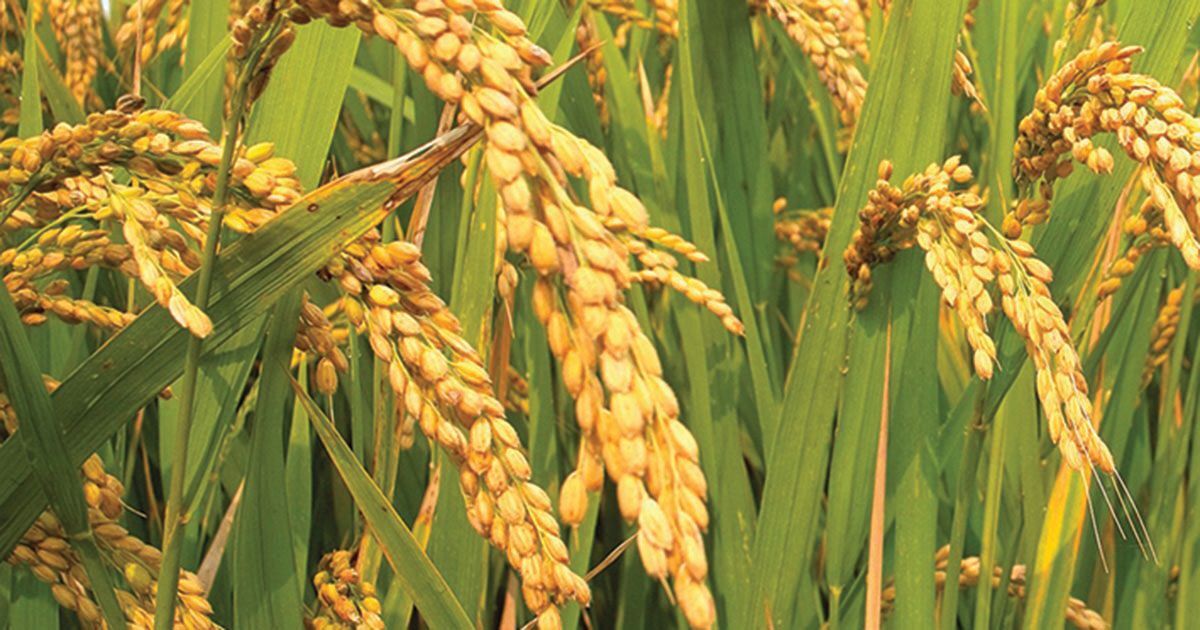
LakshyaforIAS,
Guwahati.
https://www.facebook.com/Lakshyaforias-233850620321465/
Part D9: AGRICULTURE
In India, around 70 per cent of the rural households still depend primarily on agriculture for their livelihood, with 82 per cent of the farmers being small and marginal.
Food crops
Food crops occupy about 54 per cent of the total cropped area in India. The country produces about 11 per cent of the cereals of the world and ranks third in production, after China and the US. India produces a variety of cereals which are classified as fine grains (rice, wheat) and coarse grains (jowar, bajra, maize, ragi), etc.
(i) Rice:
l India contributes 21.6 per cent of the rice production in the world and ranked second after China in 2016.
l About one-fourth of the total cropped area in the country is under rice cultivation.
l West Bengal, Uttar Pradesh, and Punjab are the leading rice-producing states in the country. The yield level of rice is high in Punjab, Tamil Nadu, Haryana, Andhra Pradesh, Telangana, West Bengal, and Kerala. In the first four of these states, almost the entire land under rice cultivation is irrigated.
(ii) Wheat
l Wheat is the second most important cereal crop in India after rice.
l India produces about 12.3 per cent of the total wheat production in the world (2016).
l It is primarily a crop of temperate zone. Hence, its cultivation in India is done during winter, i.e., the Rabi season.
l About 85 per cent of the total area under this crop is concentrated in the north and central regions of the country, i.e., the Indo-Gangetic Plain, Malwa Plateau, and the Himalayas, up to 2,700 m altitude.
l About 14 per cent of the total cropped area in the country is under wheat cultivation. Uttar Pradesh, Madhya Pradesh, Punjab, Haryana, and Rajasthan are leading wheat producing states.
(iii) Jowar
l The coarse cereal occupies about 16.50 per cent of the total cropped area in the country. Among these, jowar or sorghum alone accounts for about 5.3 per cent of the total cropped area.
l It is the main food crop in semi-arid areas of central and southern India.
Maharashtra alone produces more than half of the total jowar production of the country. Other leading producer states of jowar are Karnataka, Madhya Pradesh, Andhra Pradesh, and Telangana.
(iv) Bajra
l Bajra is sown in hot and dry climatic conditions in northwestern and western parts of the country.
l It occupies about 5.2 per cent of the total cropped area in the country. Leading producers of bajra are the states of Maharashtra, Gujarat, Uttar Pradesh, Rajasthan, and Haryana.
(v) Maize
l Maize is a food as well as fodder crop grown under semi-arid climatic conditions and over inferior soils.
l This crop occupies only about 3.6 per cent of the total cropped area. It is sown all over India except Punjab, and eastern and north-eastern regions.
l The leading producers of maize are Karnataka, Madhya Pradesh, Bihar, Andhra Pradesh, Telangana, Rajasthan, and Uttar Pradesh.
Pulses
l These are legume crops which increase the natural fertility of soils through nitrogen fixation. India is a leading producer of pulses in the world.
l The cultivation of pulses in the country is largely concentrated in the drylands of Deccan and central plateaus and northwestern parts of the country.
l Pulses occupy about 11 per cent of the total cropped area in the country. Gram and tur are the main pulses cultivated in India.
(i) Gram
l Gram is cultivated in subtropical areas. It is mostly a rain-fed crop cultivated during the Rabi season in central, western, and northwestern parts of the country.
l At present, gram covers only about 2.8 per cent of the total cropped area in the country. Madhya Pradesh, Uttar Pradesh, Maharashtra, Andhra Pradesh, Telangana, and Rajasthan are the main producers of this pulse crop.
(ii) Tur (Arhar)
l Tur is the second-important pulse crop in the country. It is also known as red gram or pigeon pea.
l It is cultivated over marginal lands and under rain-fed conditions in the dry areas of central and southern states of the country.
l This crop occupies only about 2 per cent of the total cropped area of India.
l Maharashtra alone contributes about one-third of the total production of tur. Other leading producer states are Uttar Pradesh, Karnataka, Gujarat, and Madhya Pradesh.

